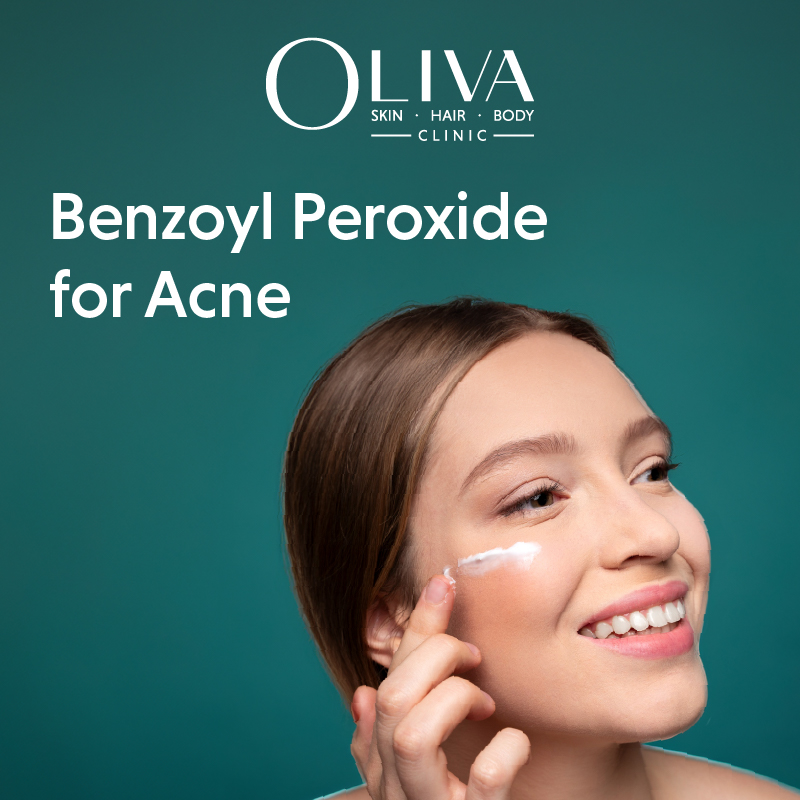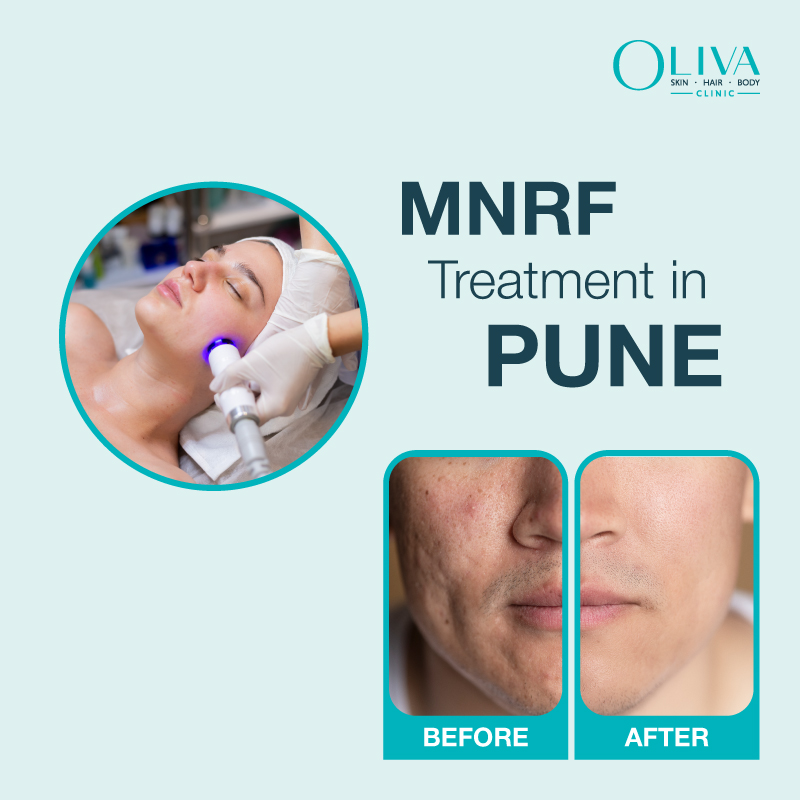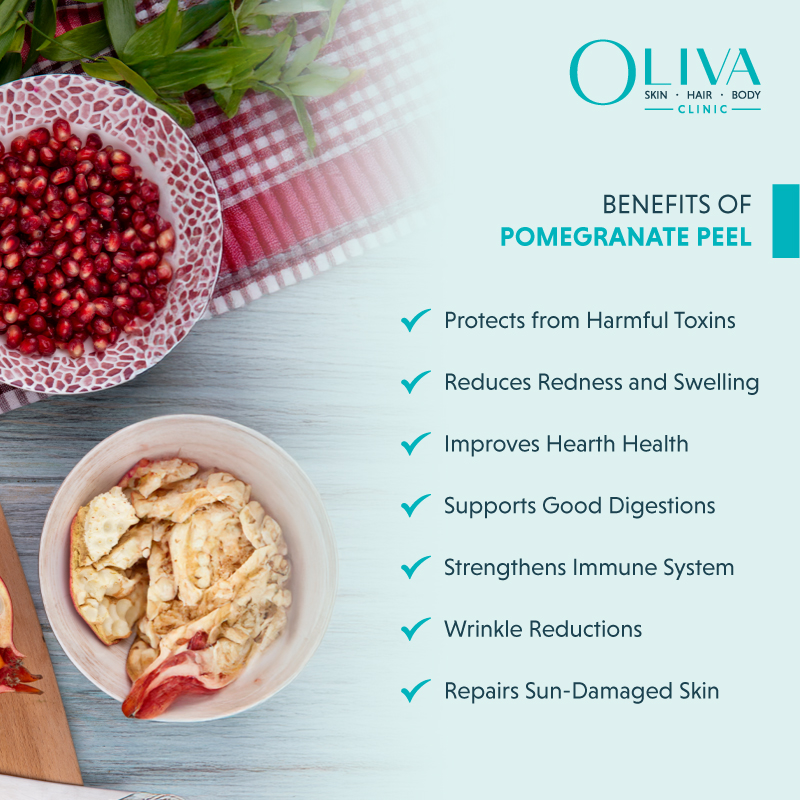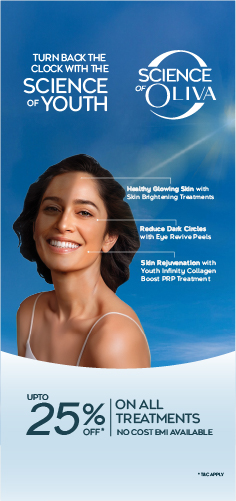Glycolic Acid For Skin: Uses, Benefits And Side Effects
Glycolic acid is a potent exfoliator famous for its benefits beyond removing dead skin cells. Dermatologists suggest glycolic acid for skin as a go-to product because it can unclog pores, reduce the appearance of dark spots and treat acne. Although quite potent in composition, the glycolic acid effects on skin are evident on most skin types. This article discusses how glycolic acid works and highlights glycolic acid benefits and side effects. We will also learn about the glycolic acid uses for various skin concerns and the combination of skincare products you can try for the best results.
In This Article
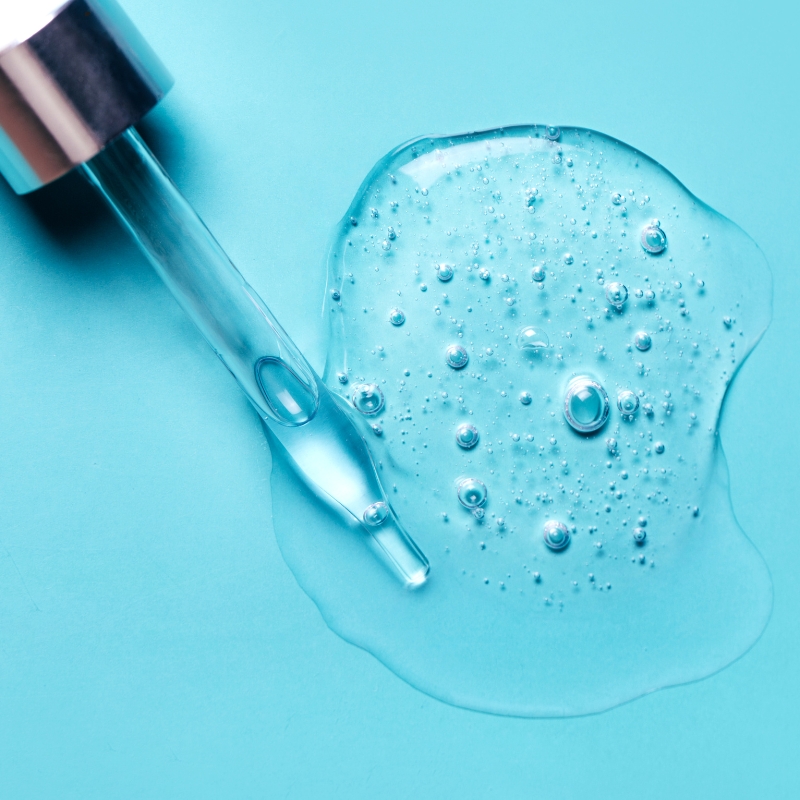
What is Glycolic Acid?
Glycolic acid is an Alpha Hydroxy Acid (AHA) derived from sugarcane. Due to its small-sized molecules, glycolic acid is popular as an easy-to-absorb compound in skincare.[1]
The glycolic acid structure is C₂H₄O₃. Its chemical composition includes two carbon atoms, four hydrogen atoms, and three oxygen atoms [2]. This crystalline solid is colourless, odourless and highly soluble in water, making it easy to incorporate into different skincare formulations.
One of the most popular methods for deriving glycolic acid is chemical synthesis from formaldehyde. Sugar cane, beets, and pineapple are other glycolic acid natural sources. These glycolic acid foods may also contain other alpha-hydroxy acids.
How Glycolic Acid Works?
Glycolic acid primarily works as an exfoliant that removes the top layers of the skin and gives a bright and radiant complexion. Here is how it functions:
-
Penetration:
Due to its small molecular size, glycolic acid penetrates the skin more deeply when compared to other AHAs, allowing faster exfoliation, pore cleansing, and dark spot reduction.
-
Cell Turnover:
Glycolic acid breaks down the bonds that hold dead skin cells together on the skin surface. This helps facilitate their removal and speeds up the process of new cell turnover.
-
Collagen Production:
Glycolic acid stimulates collagen production, allowing your skin to retain its plumpness and youth.
-
Hydration:
It also has humectant properties, which attract water to the skin and keep it hydrated.
Benefits of Glycolic Acid
Here are some of the proven glycolic acid benefits you must be aware of:
-
Exfoliation
One of the top benefits of using glycolic acid for face is that it effectively removes dead skin cells, revealing a smoother and brighter complexion.
-
Anti-ageing
Glycolic acid can significantly improve skin texture and reduce fine lines and wrinkles, making it a highly effective anti-ageing treatment. Additionally, you can use glycolic acid for pores to help minimise them and enjoy smoother and more youthful skin.
-
Hyperpigmentation
Dermatologists suggest glycolic acid for pigmentation because it helps reduce dark spots through its exfoliation properties. It penetrates deep into the layers of the skin, making it the most effective glycolic acid hyperpigmentation treatment.
-
Hydration
Glycolic acid also has humectant properties that attract and retain moisture in the skin, contributing to better hydration.
-
Sun Damage
Regular use of glycolic acid can help repair and reduce the appearance of sun damage, such as dark spots and uneven skin tone. These glycolic acid peel benefits significantly enhance skin health.
-
Brightening
Dermatologists understand how products with glycolic acid lighten skin, giving it a radiant glow. That is why in-clinic peels and treatments such as glycolic acid dark circles treatment or other glycolic acid treatments for hyperpigmentation, ageing and tired skin are so popular.
-
Acne Scar
Glycolic acid helps fade acne scars by promoting skin cell turnover and stimulating collagen production, leading to smoother and clearer skin.
-
Acne
Glycolic acid for acne is a common treatment approach to deal with breakouts and clear pores. Once exfoliated and clean, the skin reveals a smoother and brighter tone, reducing acne and related skin issues.
How to Use Glycolic Acid For Skin?
There are three primary ways to use glycolic acid for skin: as a toner, face wash, and face mask. However, it is essential to form a skincare regime and follow it consistently to experience all the positive glycolic acid effects on skin.
For daily use of glycolic acid, you can choose between a face wash and a toner based on personal preference and skin tolerance. Glycolic acid face washes can gently exfoliate, removing dead skin cells and impurities. Toners provide mild exfoliation and balance skin pH. They also help better absorb the after-toning skincare products. Both face washes and toners have lower glycolic acid concentrations of around 8% to 10%, suitable for daily use.
If you are wondering how to use glycolic acid masks, it is best to form a weekly routine. They usually feature a 30% concentration for deeper exfoliation and enhanced cell turnover.
Side Effects Of Glycolic Acid
Using glycolic acid products with a 10% concentration or less on the skin is usually safe. However, here are some of the most commonly observed glycolic acid side effects when used in higher concentrations [3] :
- Mild itching and irritation were common symptoms observed in people with sensitive skin.
- Increased sun sensitivity and a higher risk of sunburns may happen due to increased dryness.
- There may be instances of skin swelling, blisters and rash.
- Using glycolic acid in higher concentrations may cause mild skin burns and chemical burns.
Safety And Precautions Of Glycolic Acid Uses
Here are some safety and precaution tips you must keep in mind while using glycolic acid to avoid harmful side effects:
- Always start with a lower concentration glycolic acid product ranging between 1% and 10% to understand your skin tolerance.
- Products with a 30% -40% concentration are usually medical-grade peels and products. Never use them without consulting a dermatologist.
- Do not add too many glycolic acid products to your skincare regime. Just one at a time is enough.
- Avoid using glycolic acid products if you have previously undergone skincare treatments, such as dermabrasion or skin peeling. Use them only if your dermatologist recommends it.
- If you have acne and are on acne medication, avoid glycolic acid. It may worsen the condition.
- Never use it on freshly shaved or waxed skin.
- Avoid using glycolic acid if you are usually outdoors and easily prone to tanning.
- People with darker skin tones may experience glycolic acid side effects like hyperpigmentation, inflammation, or dark spots. Hence, it is advisable to use only after consulting with a dermatologist.
Who Should Use Glycolic Acid?
Glycolic acid is best for individuals aged 12 years and older struggling with moderate acne, as it helps unclog pores and reduces breakouts. It is also beneficial for those with hyperpigmentation, as it helps reduce dark spots and evens the skin tone. The glycolic acid effects on skin will be significantly visible in individuals with dull skin. It helps reveal a brighter, more radiant complexion through gentle exfoliation. Also, people with ageing skin can benefit from its ability to reduce fine lines and wrinkles, as glycolic acid boosts collagen production and improves overall skin texture and firmness.
Who Should Avoid Glycolic Acid?
People with sensitive or dry skin should avoid using glycolic acid. Dermatologists do not suggest it to people suffering from skin conditions such as eczema, rosacea, or psoriasis. Glycolic acid can worsen open wounds on the skin, leading to irritation and inflammation. Moreover, pregnant or breastfeeding women must avoid using glycolic acid products with 10% or higher concentration. People with darker skin tones may experience glycolic acid side effects from using higher concentrations and must, therefore, use lower concentrations or avoid using it.[4]
Combining Glycolic Acid with Other Skincare Ingredients:
Here are some ingredients that work better with glycolic acid. These are great skincare combinations one can try:
-
Retinol and Glycolic acid:
This combination is most suitable for tolerant skin types. You can start with retinol and slowly incorporate glycolic acid into your skincare regime.
-
Vitamin C and Glycolic acid:
This potent combination helps boost collagen production and remove fine lines and wrinkles. However, to prevent skin irritation, it is advisable to slowly increase the concentration of glycolic acid in this combination. Glycolic acid is best at night, while vitamin C is suitable for morning usage.
-
Hyaluronic acid and Glycolic acid:
These ingredients hydrate the skin and work well in combination. For ease of use, you can opt for a single product offering these two ingredients.
While the above combinations work well together, never combine Hydroquinone and Glycolic acid. Hydroquinone may cause skin irritation; even glycolic acid can irritate sensitive skin. So, please avoid this combination.
Takeaway
Glycolic acid is an excellent exfoliant for your skin. Dermatologists recommend it primarily for its many glycolic acid benefits, including fading dark spots, boosting collagen production, and enhancing cell turnover. However, it is essential to remember glycolic acid side effects when planning to incorporate it into your skincare regime. Consistent use always proves beneficial. To maximise the benefits of using glycolic acid for skin, consult a dermatologist for experienced guidance and a customised skin care plan.
Frequently Asked Questions On Glycolic Acid
Glycolic acid exfoliates dead skin cells, revealing brighter, smoother skin underneath.
If you discontinue using glycolic acid, your skin’s texture and tone may slowly revert to its original form.
No, daily application of glycolic acid can be too harsh for the skin. Generally, dermatologists recommend using it 2-3 times a week.
Glycolic acid is a safe and effective treatment for lightening hyperpigmentation and evening out skin tone when used under the professional guidance of a dermatologist. However, it is essential to adhere strictly to the recommended dosages and usage guidelines.
Glycolic acid is produced when formaldehyde reacts with synthesis gas (carbon monoxide and hydrogen). It can also be derived through natural fermentation.
Using 7% glycolic acid daily may irritate the skin. It is safer to use it 2-3 times a week.
The pH of glycolic acid solutions ranges from 3 to 4.
Yes, glycolic acid is a small molecule, making it easier to penetrate the skin.
Yes, 20% glycolic acid is quite strong and should be used only under professional supervision to avoid skin damage.
Yes, Glycolic acid can help minimise the appearance of acne scars by exfoliating the skin and promoting cell turnover.
Applying glycolic acid 2-3 times a week helps you see good results without over-exfoliating the skin.
Glycolic acid can irritate sensitive skin. Hence, start with lower concentrations and see if it works for your skin.
Pregnant women can use glycolic acid in low concentrations only after consulting with a doctor.



